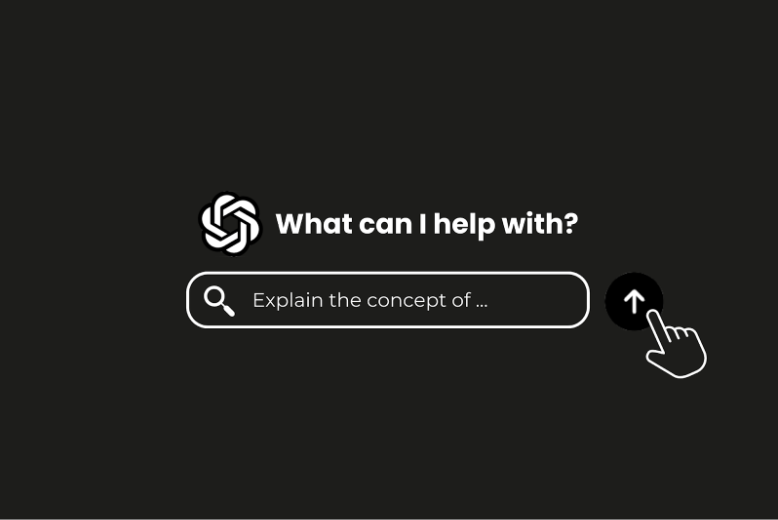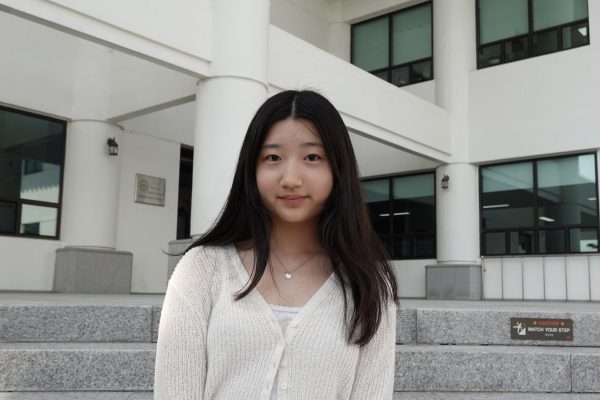When brainstorming ideas for a project or writing the first sentence of a five-paragraph essay, many students’ first instinct is to turn to ChatGPT for assistance. Upon discovering that AI was used for an assignment, most teachers will enforce a strict punishment, such as a forced redo up to a certain percentage, an email to the school admin, or a trip to the high school principal’s office.
It is undeniable that ChatGPT has repeatedly been exploited by much of the student body as a way to avoid putting effort into school assignments. This phenomenon can be particularly frustrating for teachers when it feels as if all out-of-school summative assessments, such as projects or essays, are starting to be completed with AI, undermining the trust between teachers and students. Furthermore, the constant use of AI decreases the academic independence of students, whose writing, problem-solving, and other academic and critical thinking skills are likely to suffer from overreliance on AI.
“As far as the use of AI in assignments, I think those little shortcuts limit the development of the connective tissue between big ideas,” Gray Macklin, high school principal, said. “Like making an outline—it is time-consuming, it is frustrating, and I never liked making outlines but when I do, the work I produce is better. If you farm out that process, then a big part of the thinking that you could be benefitting from is being done for you.”
Considering these factors, it is reasonable for teachers to disapprove of or even entirely ban the use of AI for formative and summative assignments. Nevertheless, I argue that in certain aspects of school work, such as brainstorming ideas, the use of AI tools should be allowed or even encouraged to a certain extent as this can prepare students for practical skills for the real world, in which proficiency in AI is becoming increasingly necessary.
While unregulated AI use may make it easy for students to become overreliant on them, detailing specific aspects of assignments that students can use AI for can help them feel less lost in completing schoolwork. Particularly when creating rough outlines for essays or brainstorming ideas for a long-term project, AI can reduce the number of incomplete work by helping students get started.
“Effective use of AI is not going away,” Nathan Warkentin, AP Calculus BC teacher, said. “Already, there are many businesses that have used AI to fundamentally transform how they do their work. The issue is when we have a generation of students who think that AI will do the thinking for them. In the end, there are good uses and bad uses of AI, and the good uses allow students to enrich their understanding and increase their critical capacity. Bad uses of AI prevent students from developing and growing.”
Considering the number of businesses that have begun using AI to increase productivity and efficiency, namely Apple, Facebook, and Microsoft, among others, students intending to enter such fields may benefit from growing their proficiency in effectively using AI during high school and college. Thus, practicing AI skills may help students be more qualified for their future careers, giving them a leg-up in the employment field and workforce, particularly as more industries begin to incorporate AI. Nevertheless, students must keep in mind that occasionally using AI may quickly lead to them becoming extremely overreliant if precautions are not taken.
“It is really hard to distinguish whether it is right or wrong, especially when you are a student,” Mr. Warkentin said. “It is always a good idea to vet AI with somebody who knows what they are talking about.”
Teachers, please consider implementing AI into some aspects of assignments in a way that continues pushing students to think independently, yet also helps develop their proficiency in this increasingly necessary skill. Students, please do not use AI as a tool that replaces hard work, but rather an innovation that boosts productivity and motivation.


